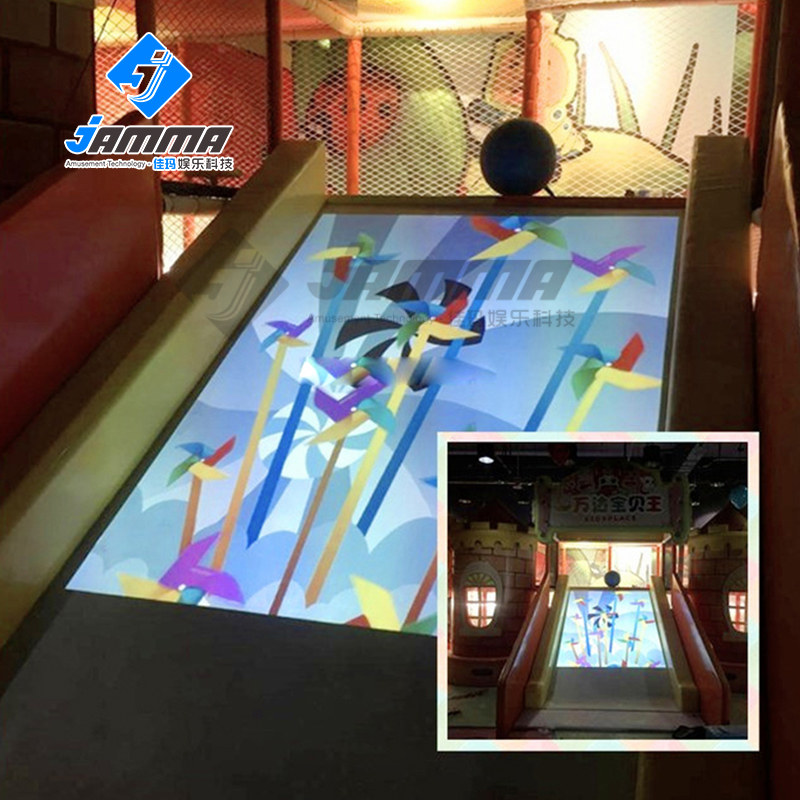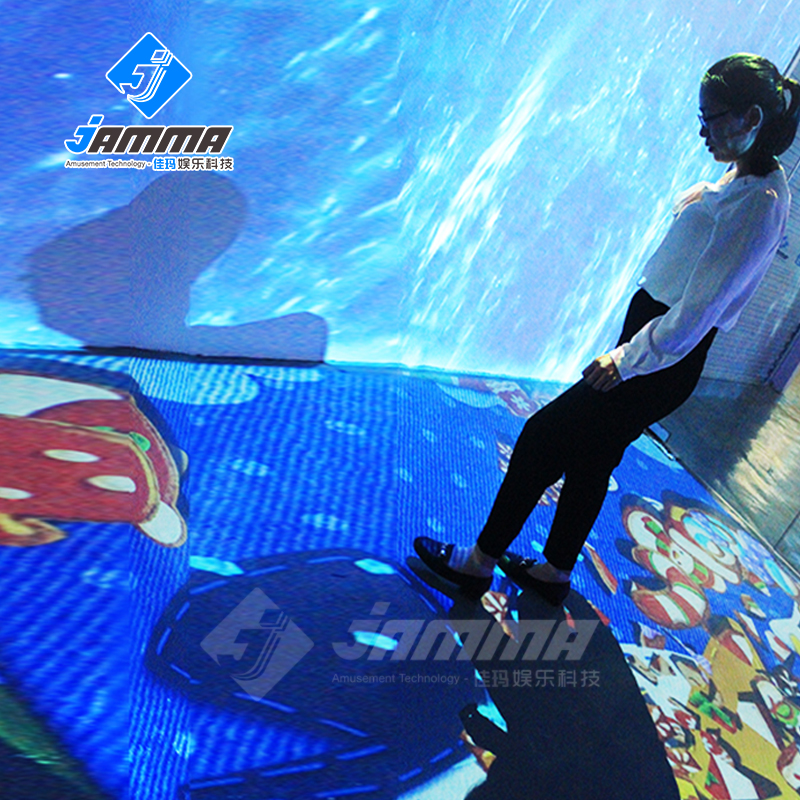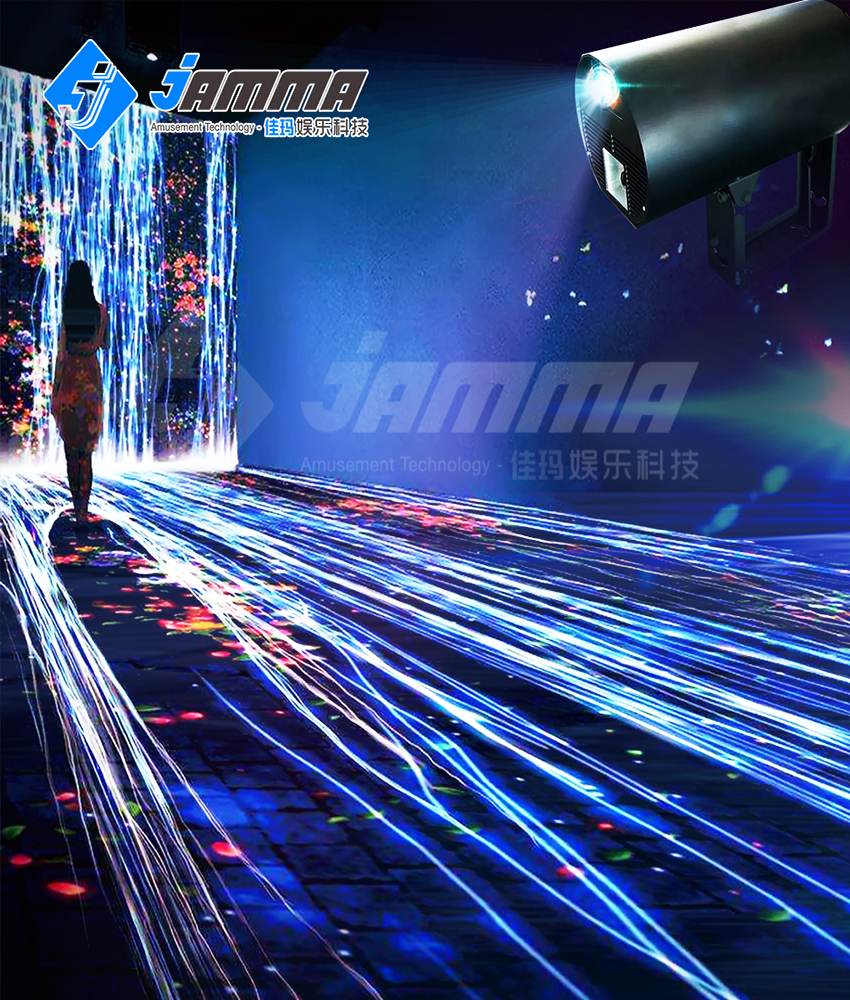Immersive projection experience
what is Immersive projection experience
An immersive projection experience refers to a multimedia and technology-driven environment designed to fully engage the senses and transport participants into a different world or scenario. It typically involves the use of advanced projection techniques, such as large-scale projections on screens, walls, domes, or even entire rooms, to create a highly immersive and interactive environment. The goal is to make individuals feel as if they are physically present in a different reality or space, often blurring the line between the physical and the virtual.
Immersive projection game experience
- Projection Technology: High-quality projectors are crucial for a successful immersive projection experience. You may need multiple projectors to cover a large space and create a seamless projection. Consider the resolution, brightness, and refresh rate of the projectors to ensure a clear and smooth image.
- Projection Surface: Choose the right surface for projection. It could be a wall, a dome, a curved screen, or even a floor. The surface should be optimized for projection to achieve the best image quality.
- Content Creation: Develop or acquire immersive content that suits your goals. This could be 3D animations, 360-degree videos, or interactive simulations. The content should be designed to make users feel like they are in a different world.
- Audio: High-quality audio is just as important as visuals for immersion. Use a surround sound system or even spatial audio to create a realistic audio environment that complements the visuals.
- Interactivity: To make the experience engaging, consider adding interactivity. Users might have controllers, motion tracking, or touchscreens to interact with the projected content. Interactive elements can increase the feeling of immersion.
- Calibration: Properly calibrate the projectors to ensure that the content aligns perfectly on the projection surface. Calibration is essential to avoid distortions or misalignment that can break the immersion.
- Lighting: Control ambient lighting to maintain the desired atmosphere. Dim or completely darken the room to enhance the impact of the projection.
- Seating and Comfort: Depending on the nature of the experience, provide comfortable seating or standing options for users. They should be able to enjoy the immersive content without physical discomfort.
- Safety: Ensure the safety of users by providing clear instructions and guidance, especially if the experience involves movement or interaction.
- Testing and Feedback: Continuously test and gather user feedback to refine the immersive experience. This will help you make improvements and ensure it meets your goals.
- Maintenance: Regularly maintain the equipment and projection surfaces to ensure that the experience remains immersive and free of technical issues.
- Content Updates: Keep the content fresh by updating it periodically. New content can re-ignite interest in the experience and attract repeat visitors.
























Recent Comments